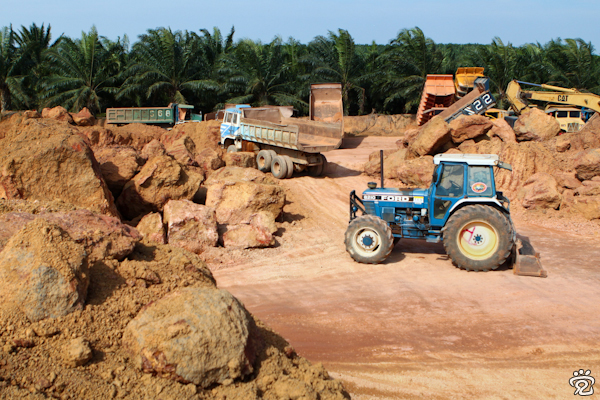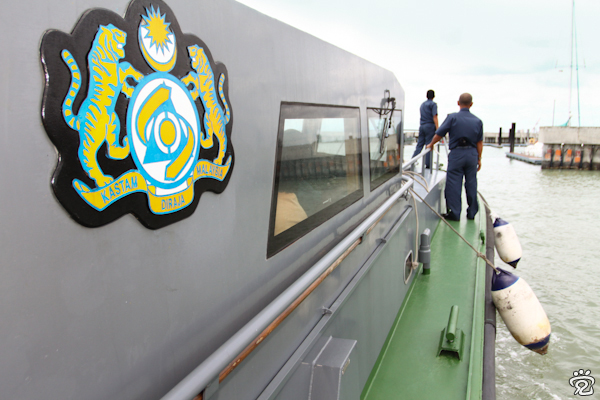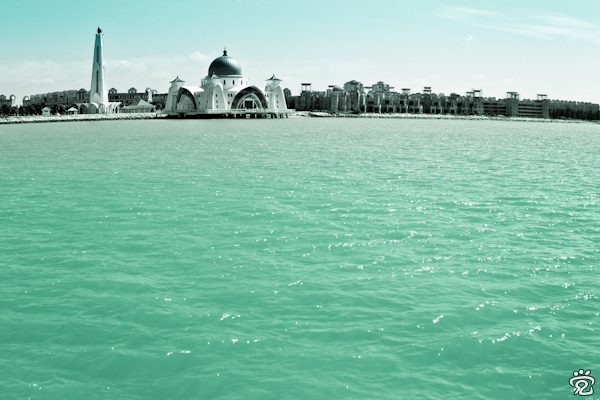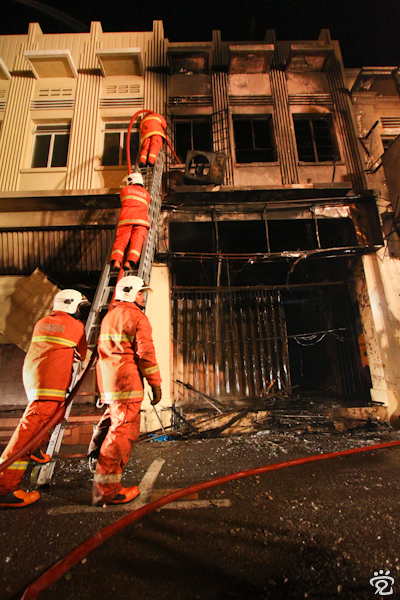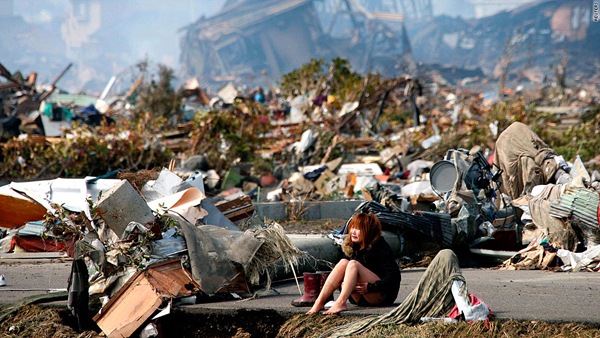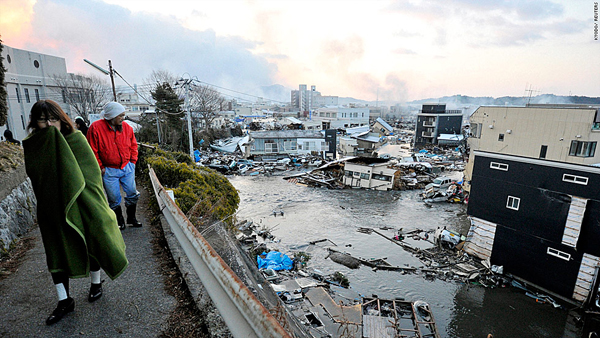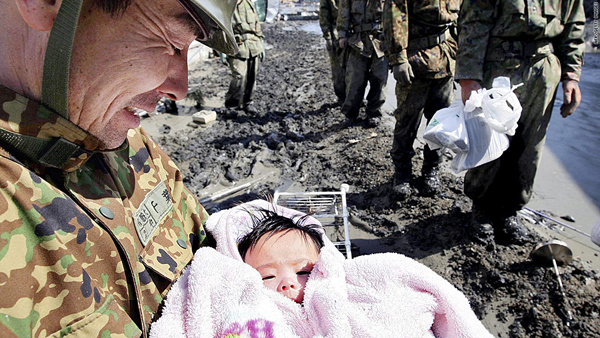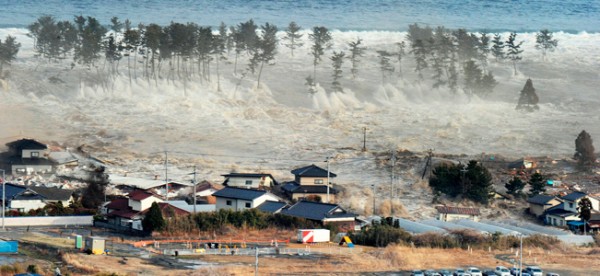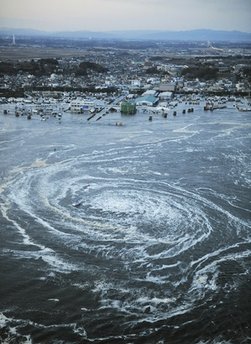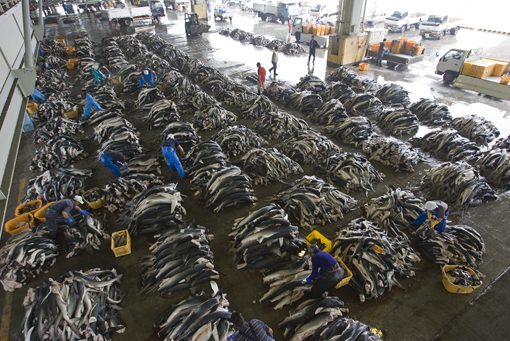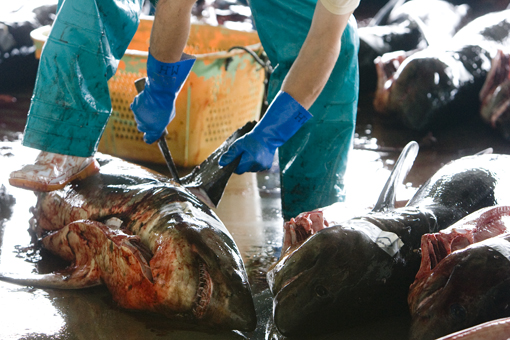Last month, February was a very busy and hectic month for mEE, nothing but work. The pace of life is going back to normal in early March and I can have more updates on juesatta.
Having said that, a series of fortunate events have just happened in Japan, earthquake, tsunami and nuclear meltdown tragically claim countless human lives and destroy the livelihoods of many others including wildlife and ecosystems. And the latest update of today,
The toll of Japan’s triple disaster came into clearer focus Monday after police estimates showed more than 18,000 people died, the World Bank said rebuilding may cost $235 billion and more cases of radiation-tainted vegetables and tap water turned up. (yahoo.com)
More work has to be done here such as to increase awareness of the need for aid after natural disasters. And we’re grateful that everyone is standing together in such difficult moment and is giving a hand. Each of us make a difference and together we’re powerful.
Besides the quake, war has also begun in Libya when US coalition forces launched strikes on Libya to degrade its air defense yesterday. Despite the goals of US coalition forces to protect the people of Libya, Libyan government claimed that allied attacks on Sunday have killed innoncent civilians. It was not immediately clear what targets had been hit but we do hope that Libya can return to stability as soon as possible and its problems can be resolved peacefully.
May you find serenity here and we hope that the victims in Japan and people in Libya to peace, and survive. May all beings bEE happy.
Sharing some shots taken in Melaka within these two months.


